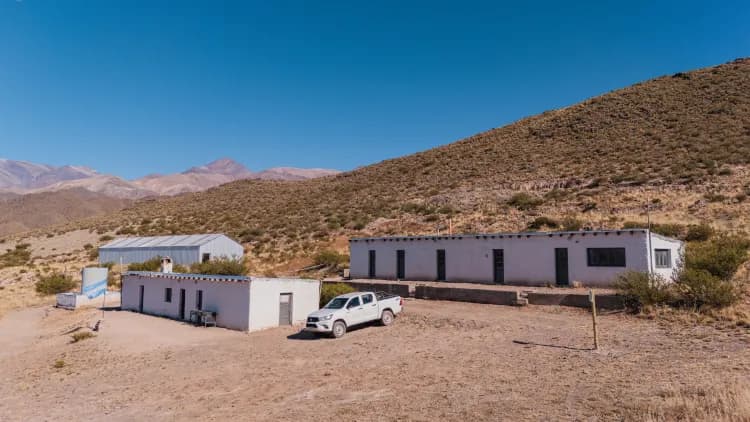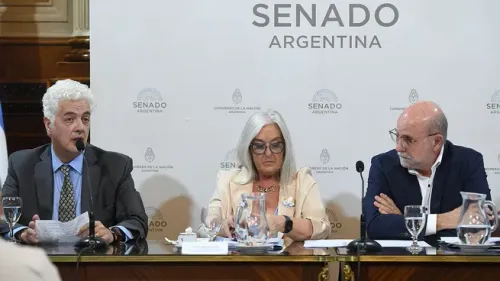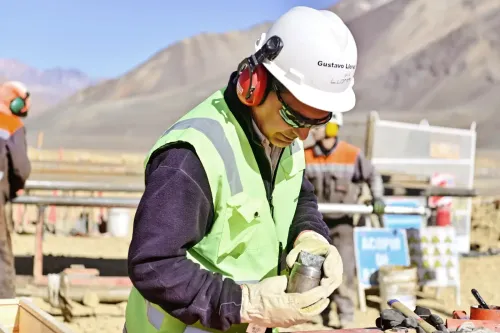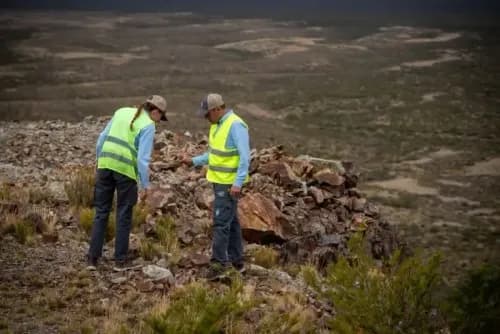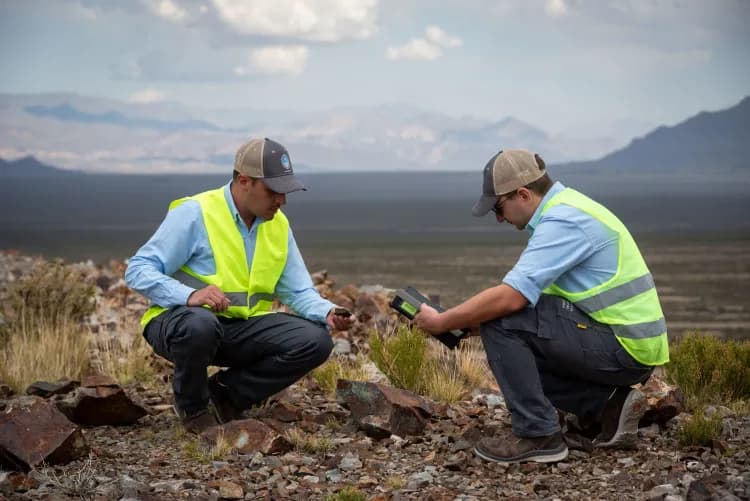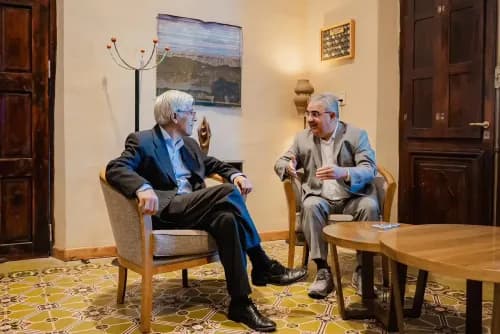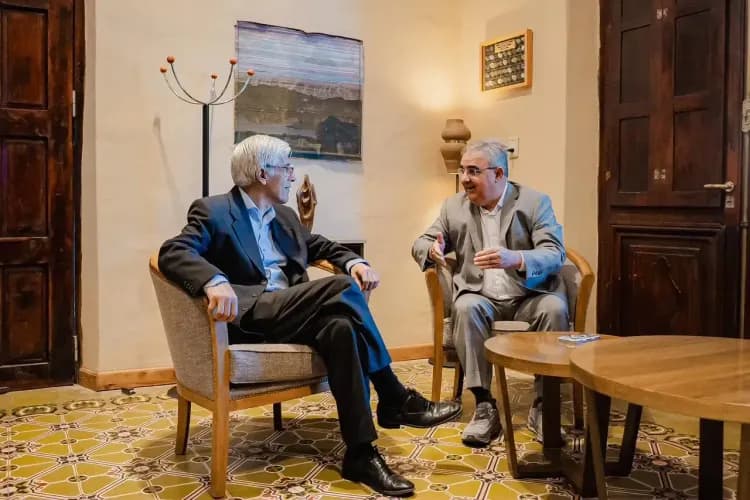The government has introduced a legislative package establishing a long-awaited royalties framework and a “rapid-action” Environmental Compensation Fund. These legislative initiatives were presented together with the Environmental Impact Declarations (DIAs) for PSJ Cobre Mendocino and Malargüe Mining District, confirming the government’s commitment to moving forward with the development of the mining sector.
By Panorama Minero
The Government of Mendoza is seeking to consolidate its mining policy, initiated at the start of Governor Alfredo Cornejo’s second term, through a package of laws recently submitted to the provincial legislature. This follows the earlier amendment of the Mining Procedures Code, as well as the strengthening of the Directorate of Mining and the Mining Environmental Police.
The new legislative package consists of two key bills aimed at providing regulatory certainty to the sector: one that establishes a royalties framework —something Mendoza had lacked and considered a pending issue— and another that creates an Environmental Compensation Fund, designed to operate as a rapid-response mechanism in case of environmental contingencies.
These bills were submitted alongside the Environmental Impact Declarations (DIAs) for PSJ Cobre Mendocino and the second phase of the Malargüe Western Mining District. Together, these measures confirm the Cornejo administration’s political commitment to advancing the development of the mining industry under a renewed regulatory framework.

Royalties: 3% Cap and “Mine Mouth” Value
“We are introducing a bill to regulate mining royalties in the province of Mendoza. Until now, Mendoza did not have a royalties law,” highlighted Jimena Latorre, Minister of Energy and Environment of Mendoza.
The Mining Royalties Bill establishes the legal framework governing the collection, determination, settlement, oversight, distribution, and allocation of royalties derived from the exploitation of first- and second-category mineral resources in the province.
The royalty amount is determined by applying the corresponding percentage to the “mine mouth” value of the extracted mineral, maintaining the 3% cap established by National Law No. 24,196.
The new framework introduces control mechanisms designed to discourage the underreporting of mineral values. The bill stipulates that if the “mine mouth” value used as the basis for calculation is lower than the national or international market price of that mineral, the higher market price must be applied as the basis for calculating royalties.
The regulatory framework also allows for differentiated regimes, including partial reductions or exemptions to promote projects that: incorporate local value-added production, use clean technologies, or meet high environmental, social inclusion, and gender equality standards.
Regarding distribution, the revenue is allocated as follows: 88% goes to the Province’s General Revenues, and 12% is distributed among the municipalities where extraction takes place. To access this 12%, municipalities must adhere to the regime and waive any local taxes or levies on mining activities.
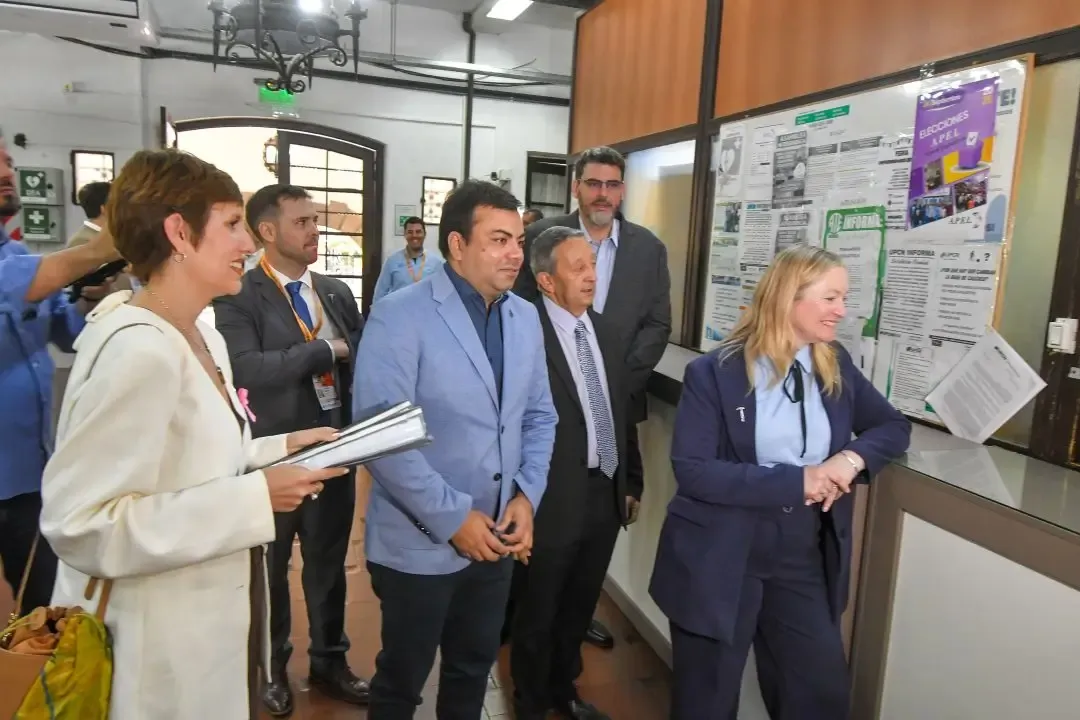
Environmental Compensation Fund
The second bill establishes the Environmental Compensation Fund, whose main purpose is to ensure the prevention and mitigation of harmful or hazardous environmental effects, should they occur. A key objective of this instrument is to provide rapid response to environmental emergencies, giving the fund the nature of a quick-action resource in the event of a contingency.
The creation of this reserve institutionalizes the allocation of resources from the Socio-Environmental Development Fund, which originates from mining royalties, ensuring that mining activity directly contributes to environmental management and compensation.
The Environmental Compensation Fund will be financed through a dual mechanism, obtaining resources from the mining sector via the royalties regime, as well as from other sources defined by the provincial authority:
-
Contributions from Mining Royalties: The main source of financing related to this legislative package comes from the new Mining Royalties Regime, which stipulates that 15% of the portion of royalties revenue allocated to the Province’s General Revenues (88% of the total royalty) will be directed to the Socio-Environmental Development Fund.
-
Other sources determined by the authority: While the bill does not specify all potential sources, it states that the composition, administration, and allocation of the fund will be determined by the provincial authority. This means that, in addition to royalties revenue, the fund may also receive specific budget allocations, contributions or agreements with national or international organizations, and environmental fines or compensations.



